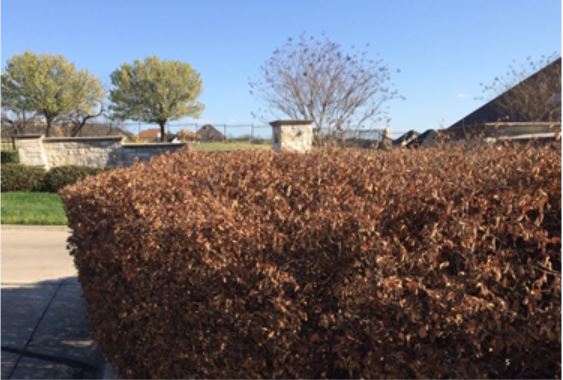
Architectural Guidelines Aren’t the Solution to These ACC Issues!
October 1, 2019
Over the long haul, a reserve study is a vital element in preserving the value of a community and its homes.
Reserve studies are vital in ensuring that homeowners associations have the resources to maintain, protect, repair, and replace common assets not covered by homeowners’ obligations.
Your HOA reserve study is a capital budget planning tool that provides an inventory of the common and valuable physical assets in your neighborhood. It identifies the current status of the reserve fund and the funding plan to offset deterioration and needed replacements when these issues arise. The reserve study evaluates the remaining lifespans of these assets, and calculates the associated costs, and the contribution necessary for ongoing funding in a predictable manner.
What Can a Reserve Study Do for Your HOA?
A reserve study typically results in significantly lowered and more accurate maintenance budgets for your physical assets, as well as reduced liability from claims of alleged negligence. It can also reduce labor costs through proactive rather than reactive maintenance, improve organization by tracking assets, and help to systematize work flow. Over the long haul, a reserve study is a vital element in preserving the value of a community and its homes.
What Is a Physical Asset?
A physical asset is an existing improvement located within the association’s common areas. Any physical assets that exist today should be listed on your reserve study. The cost to install a new asset, such as a playground or gazebo, is considered a capital expenditure and cannot be paid for by the reserve fund. However, once constructed or purchased, every new asset should be placed in your reserve study to be funded for future repair and/or replacement. Assets may include
- Lakes and ponds
- Pools and clubhouses
- Gyms and recreational equipment
- Fountains and pathways
- Maintenance equipment and tools
- Roofs, siding and painting
Interestingly, landscaping is not always considered a physical asset, and is not always included in a reserve study. Yet it is often one of the most visible assets. A complex list of pros and cons should be considered in making this determination, and we can help you with this.
All physical assets have an expected useful lifespan, which can be estimated in years. Your reserve study should detail the factors which can extend or reduce your assets’ lifespans and a maintenance program to keep assets in safe and working order for as long as possible. Once an asset’s lifespan has been reached, it is time for the association to complete the recommended repair or replacement.
How HOAs Maximize Asset Lifespans
Your reserve study provider will discuss how often comprehensive visual physical asset inspections are to occur, and which appropriate professionals should complete the work. A proactive inspection program helps the association Board of Directors to meet their fiduciary responsibility by ensuring that common assets are properly maintained. This preserves the continued value of homes in the community and the lifestyle of residents. A comprehensive inspection program includes routine, preventative, emergency, and requested maintenance plans, as well as scheduled replacement dates for assets. It also provides guidance on how to write up findings in order to report them to the board.
How to Maintain Adequate Funding
Ideally, your reserve fund will remain 70% – 100% funded at all times. This range is considered “Strong” by CAI National Reserve Study Standards. Adequate funding ensures that the prescribed maintenance and repair work can be completed on schedule. It also prevents unplanned and costly deferred maintenance and repairs, which can adversely impact property values in the community. Lower levels of funding significantly increase the likelihood of a special assessment. These are one-time charges that must be approved by homeowners. They are unpopular, of course, and the likelihood of passing one is quite low.
Reserves are typically funded primarily through HOA assessments. Reserve funding can represent anywhere from 15% – 40% of an annual operating budget. Following the reserve study funding plans enable your HOA to build up reserves for expensive projects down the road, without the need for a special assessment or bank loan. Once adequate reserves are in place, they can be invested in a way that provides safety for the principal, immediate liquidity, and the highest possible returns. Along with a reserve study, the Board should develop an investment policy, conforming with the limitations in the community’s documents or CC&Rs to identify the types of investments that meet these, and any other criteria you choose.
With a comprehensive reserve study in place, your Board of Directors can assure homeowners that the value of their homes and the quality of their lifestyles will be preserved.







